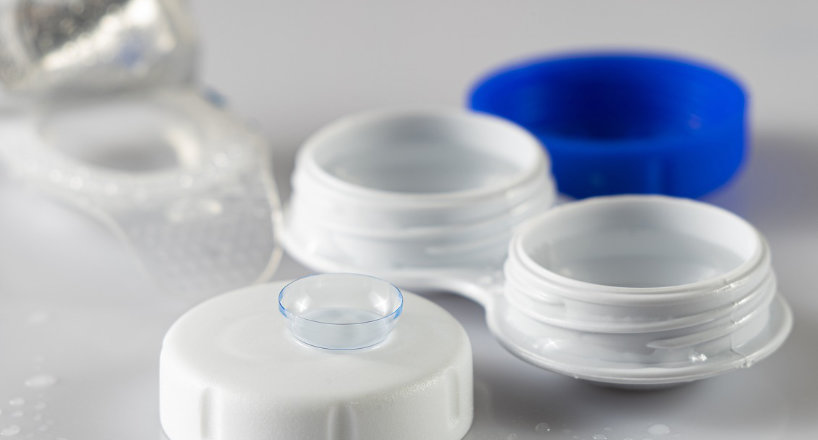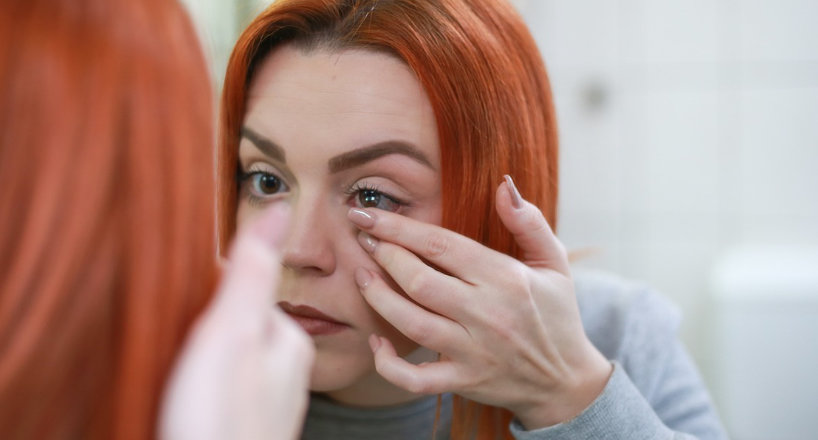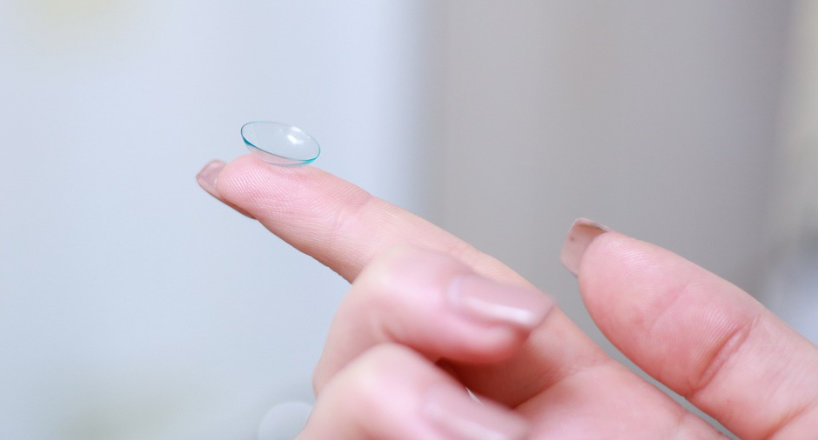Contact Lens Basics
If you require vision correction for nearsightedness, farsightedness or astigmatism, contact lenses are a popular and efficient option. In the United States, approximately 20% of the population who needs vision correction uses contact lenses. Currently dating back more than 125 years, contacts are currently available in a wide variety of materials and types. Instead of the circumstance years back, nowadays nearly everyone can wear contact lenses.
Eyeglasses might be an attractive way to accessorize your attire and make a fashion statement, yet you may sometimes prefer your look without glasses. Contact lenses enable you to have sharp vision without spectacles or pricey vision surgical treatment. Another benefit of contacts is that they approve a broader visual field than glasses. This is a significant benefit when it pertains to playing sports or taking part in hobbies and professions such as photography.
If you are considering using contact lenses, you’ll need to arrange an initial eye test and contact lens evaluation with your optometrist.
In the United States, contacts are regarded as medical gadgets that require a prescription by an eye care professional (ECP). In order to determine the very best lenses for you, your ECP will assess your visual condition, the structure of your eye, and natural tear production.
Contact lenses are classified relying on the following factors:
- Product Composition
- For how long they can be used before you have to take them out
- Life span- the length of time they can be used prior to you need to toss them and grab a brand-new pair
- Design of the lenses
Product Composition of Contact Lenses

There are four different types of contact lens materials:
Soft Lenses
Over 90% of contact lenses on the market today are classified as soft lenses. These ultra-comfortable, thin contacts are constructed from gel-like plastics that contain a high percentage of water.
They cover the whole cornea of your eye (clear front surface) and it is normally easy to adjust to wearing them.
First presented in 1971, soft lenses used to be made from hydrogel materials. At present, silicone hydrogel is the most extensive, popular version. They allow a greater amount of oxygen to reach the eye, which is healthy and comfortable.
Hard, Gas Permeable Lenses
Likewise called GP or RGP (stiff gas permeable) lenses, these contacts are smaller and made from plastics that have no water. They frequently provide the advantage of more severe vision, yet it generally takes longer to adapt to wearing them.
Hybrid Lenses
The center zone of these lenses is made from stiff gas permeable lenses, and a soft lens material encircles the border. Hybrid lenses thereby provide the best of both worlds– sharp vision from the center and a soft, comfortable border.
Wearing Time for Contact Lenses

The 2 primary sort of contact lenses are everyday wear and extended wear. Daily wear lenses must be removed on a nightly basis, and extended wear lenses might be used as much as seven days; a few brands of extended wear lenses are authorized by the FDA for monthly wear (also referred to as “continuous wear” lenses). Extended wear lenses are very hassle-free even if you always remove them before going to sleep, as they are safe and comfy for taking a snooze. Don’t oversleep your lenses unless you’ve discussed this with your doctor, given that incorrect wear times can cause corneal damage.
Life Expectancy for Contact Lenses
All contact lenses should be disposed of after a specified quantity of time, even if you care for them well and correctly. Soft contact lenses in particular build up lens deposits and contamination, which raises your danger of eye infections.
- Daily disposable lenses: the most convenient and healthiest option, these lenses are changed after one day of wear
- Over night non reusable lenses (kept in your eyes overnight): must be replaced after one week
- Regular monthly wear lenses: these are discarded after wearing for 30 days.
- Gas permeable contact lenses: these are more resistant to lens deposits and can last as much as a year or in many cases even longer with excellent care.
Styles for Contact Lenses
Contact lenses vary depending upon the kind of vision correction that is needed. The most common design is round, which works for nearsightedness, farsightedness and astigmatism. Toric lenses, which can be found in both soft and GP variations, have multiple lens powers to correct astigmatism. Bifocal and multifocal lenses make use of a number of zones for various viewing needs, such as near, intermediate and far vision.
They are often a great choice for presbyopia. Orthokeratology (ortho-k) lenses are developed to improve the cornea overnight, which remedies daytime vision without a need for eyeglasses or lenses.
Additional Features of Contact Lenses
Colored contacts: Lenses can be worn in color tints that improve the natural color of your eyes or alter your eye color totally. Blue eyes can be made more dynamic, or brown eyes can be become green.
Special-effect contacts: These lenses offer a severe change to the color of your eyes and are usually utilized for outfits or theatrical effects. You can look like a zombie, an animal, or whatever you envision!
Prosthetic contacts: Disfigurations triggered by disease or accidents can be masked by these colored contact lenses. With a medical orientation, prosthetic lenses are typically utilized to match the look of both eyes.
Contact Lenses that are Right for You

To recognize the lenses that are ideal for your needs, you need to initially have a total eye examination and contact lens evaluation carried out by your eye doctor.
Your ocular health will be inspected and detailed measurements of your eyes will be taken. Trial lenses will be placed to check for the very best possible and most comfortable fit and vision
After your preliminary fitting, follow-up check outs for contact lenses are essential. Your eye doctor will examine that the fit is right and that no issues are developing. Your tolerance to get in touch with lenses will be assessed. In some cases a change in the fit or type of lens is necessary.
Your contact lens prescription will be released after the fitting process is complete.
Proper Care and Handling of Contact Lenses
It is relatively simple to take care of contact lenses. A single, multi-purpose lens service is generally all that’s needed for cleaning, disinfecting and storing your lenses. With day-to-day disposables, routine care is completely removed and you can delight in the feeling of a brand new fresh clean lens every day.
Your optometrist or contact lens service technician will advise you how to take care of your contact lenses prior to you leave the office.